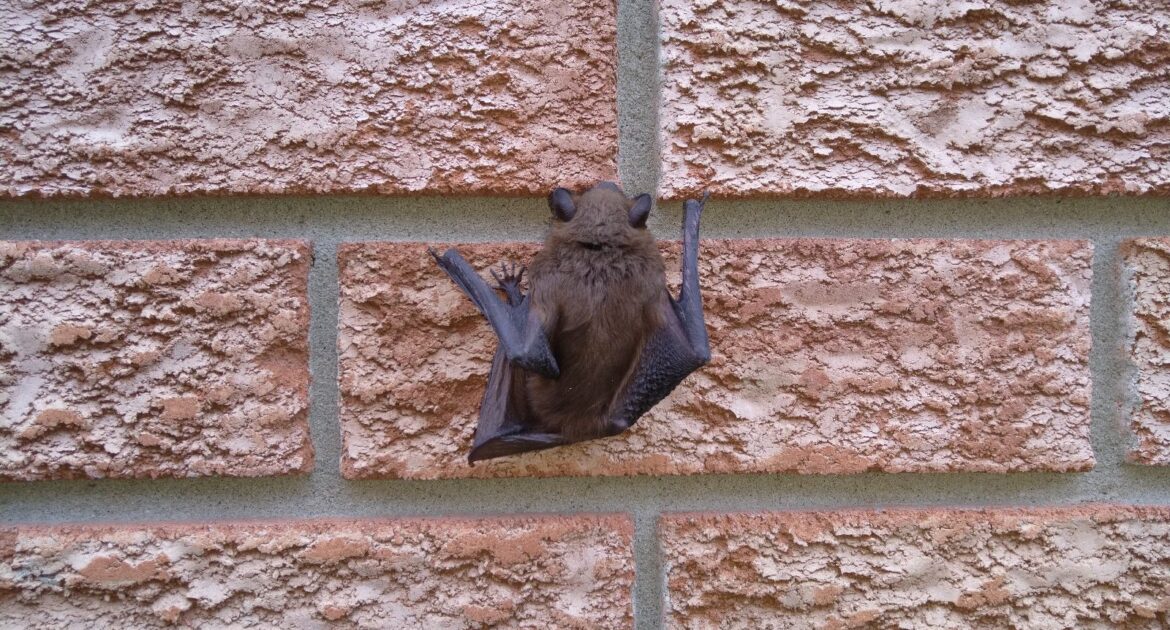One individual bat can consume thousands of insects in a single night. If you have ever watched bats in their amazing feeding process, you have probably wondered how it is that they find their way around so easily in the pitch black of night, especially in their natural habitats.
Wildlife removal in York often involves dealing with bats and understanding their unique navigation systems is an important part of dealing humanely with bat infestations. Read on to learn more about this process which is vital to all bats.
How Does Bat Echolocation Work?
Most bats orient themselves in their environment with a series of clicks and pulsating sounds that function as a form of radar. This is called echolocation, and it allows bats to avoid colliding with branches, trees, and walls, as well as to detect their prey and water sources.
The species of bats that live in York feed on smaller insects, and they play an important role in controlling local insect populations, making life easier for wildlife removal in York. A bat’s echolocation signal is so refined that it can even discern an object no wider than a human hair. A bat’s echo provides a lot of information, including the texture, shape, and size of objects in its environment.
What Does Bat Echolocation Sound Like?
Most of the sounds that bats produce for echolocation are at a frequency so high-pitched that the human ear is unable to pick them up. The higher the frequency of a sound wave, the higher the pitch of the sound. The ears of healthy human adults generally can only detect sounds as high as 20,000Hz, whereas bats echolocate using sounds in a range from 9,000Hz to 200,000Hz. So even though we can sometimes hear the lowest frequencies of these little hunters of the sky as squeaks and chirps, most of the sounds they are making don’t even register for us no matter how hard we listen.
Is It Possible to Hear a Bat’s “Song”?
Locating the densest population of bats can be helpful in the process of wildlife removal in York, but they often move so fast and cover such a wide area that pinpointing a bat colony can be difficult. Aside from that, if you are a bat enthusiast, you may be curious about what other sounds the bats in your area are making.
In this day and age, we do have access to a technology known as bat detectors. Bat detectors can identify if bats are absent or present in an area by using a special microphone to detect the echolocation calls that bats use to find their way around the night sky. All of the sounds above 20,000Hz are known as “ultrasonic”, and it is these ultrasonic frequencies that a bat detector is designed to pick up. The device will then play a lower-frequency version of the ultrasonic echolocation sounds it just picked up, allowing you to hear the “song” of bats. This is the only way for humans to get some idea of the full spectrum of sounds that bats make, but because these sounds are filtered through a device that makes them audible to the human ear, we can never truly hear the original sounds that bats make.
When to Call Wildlife Removal in York
As beautiful and fascinating as they may be, bats sometimes end up roosting in the rafters, attic, or patio of your home. If this happens, it is important to remove them humanely and safely. Wildlife removal in York is an important service to keep the peace between humans and bats. Skedaddle Humane Wildlife Control understands bat echolocation and the feeding patterns of bats so that we can remove them from your home without causing unnecessary danger to you or the bats. Find out how Skedaddle can help you today.




